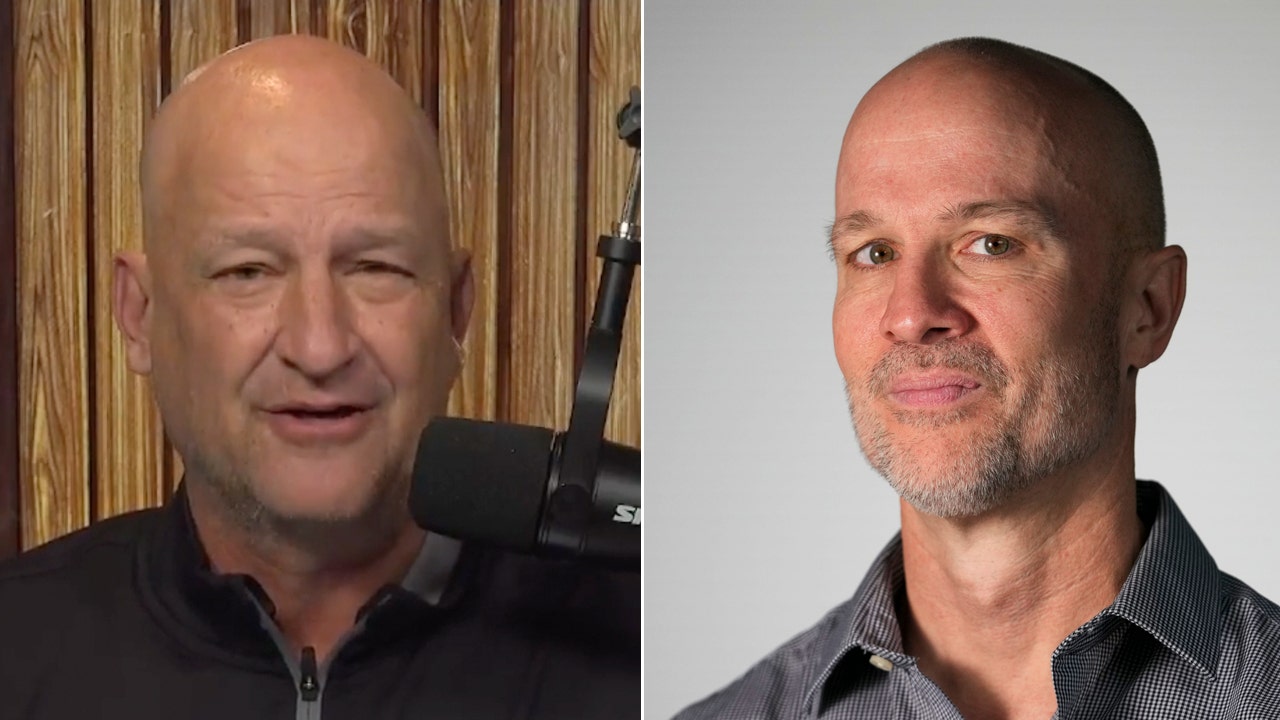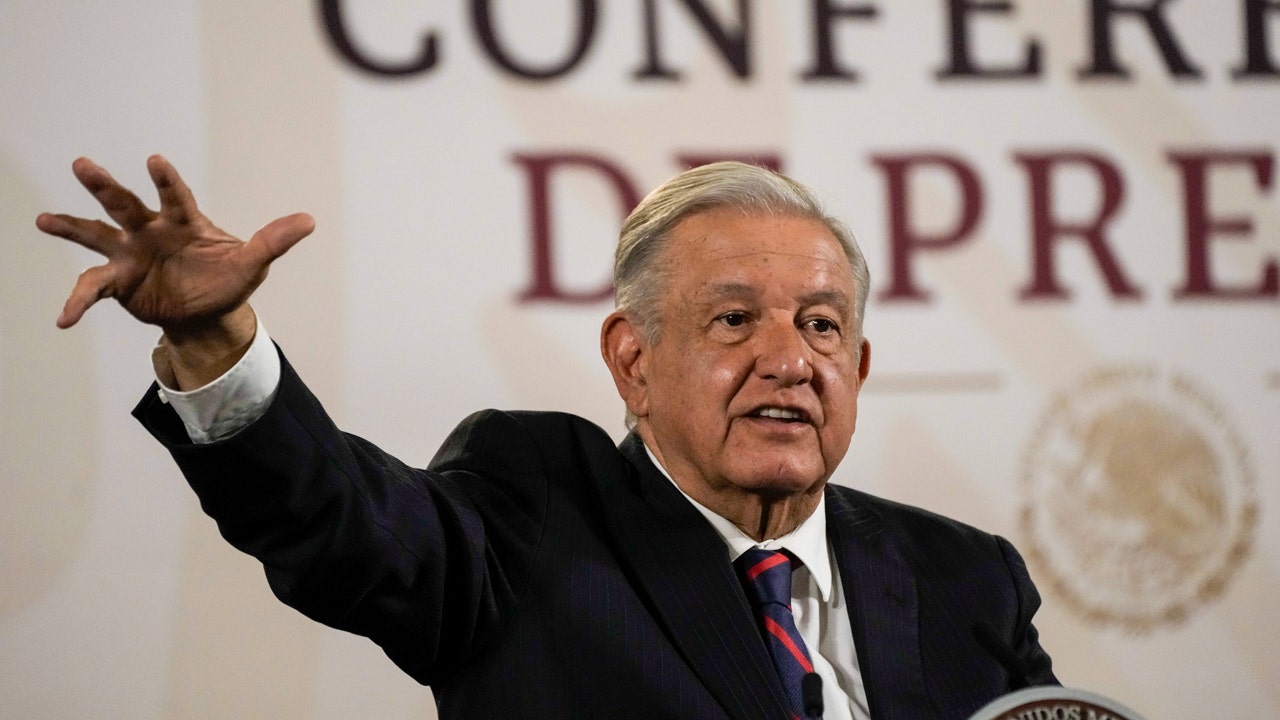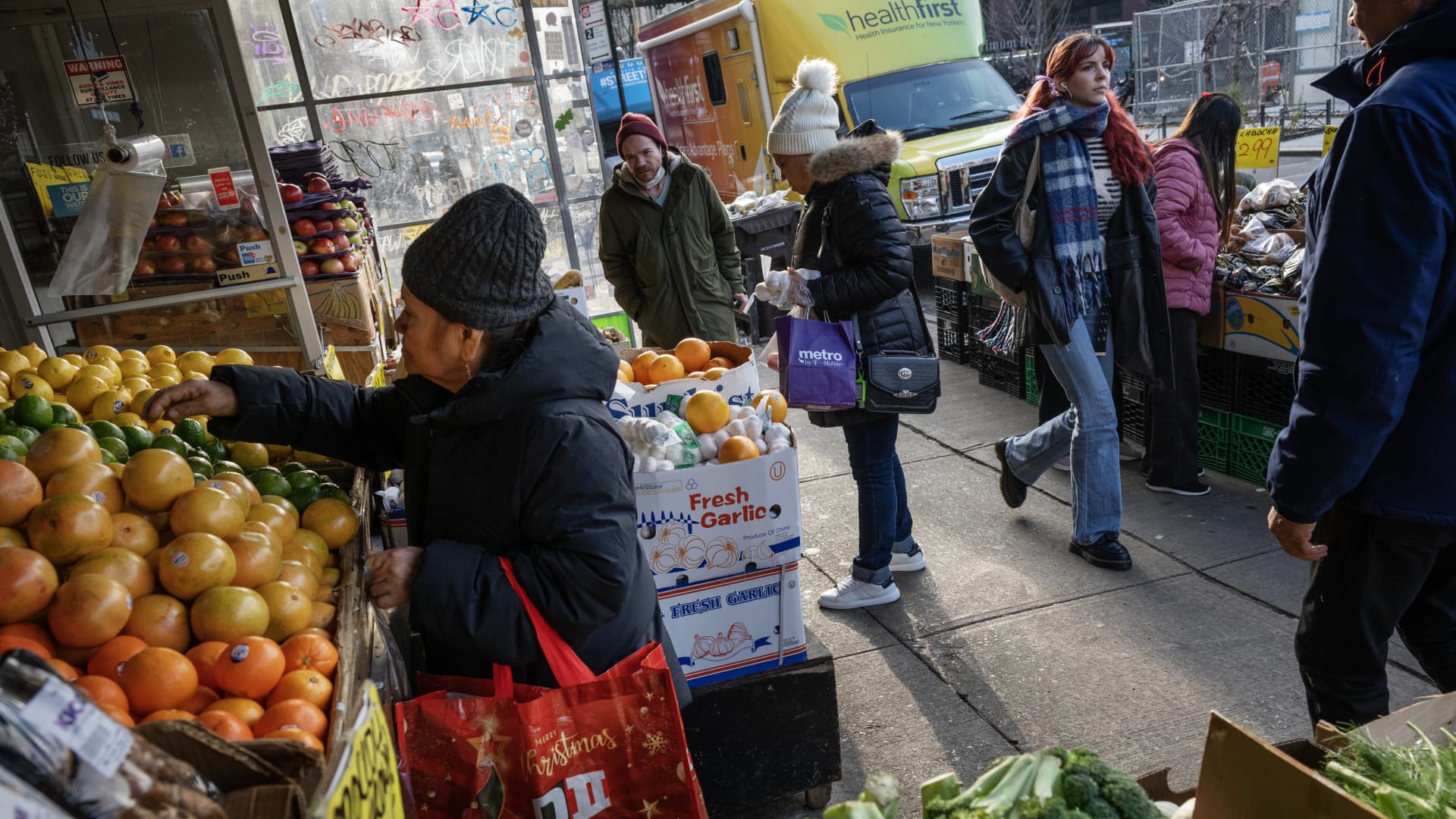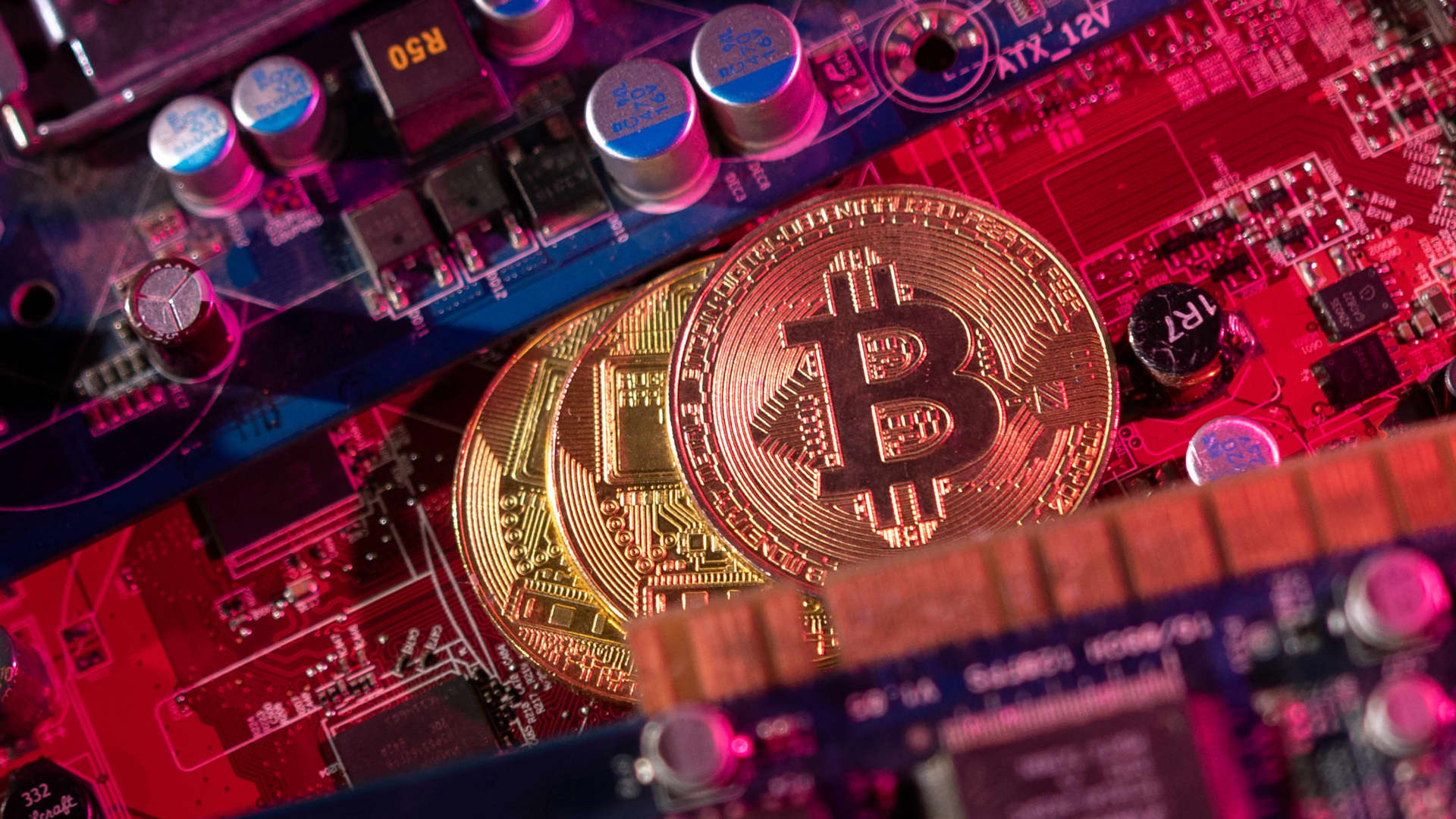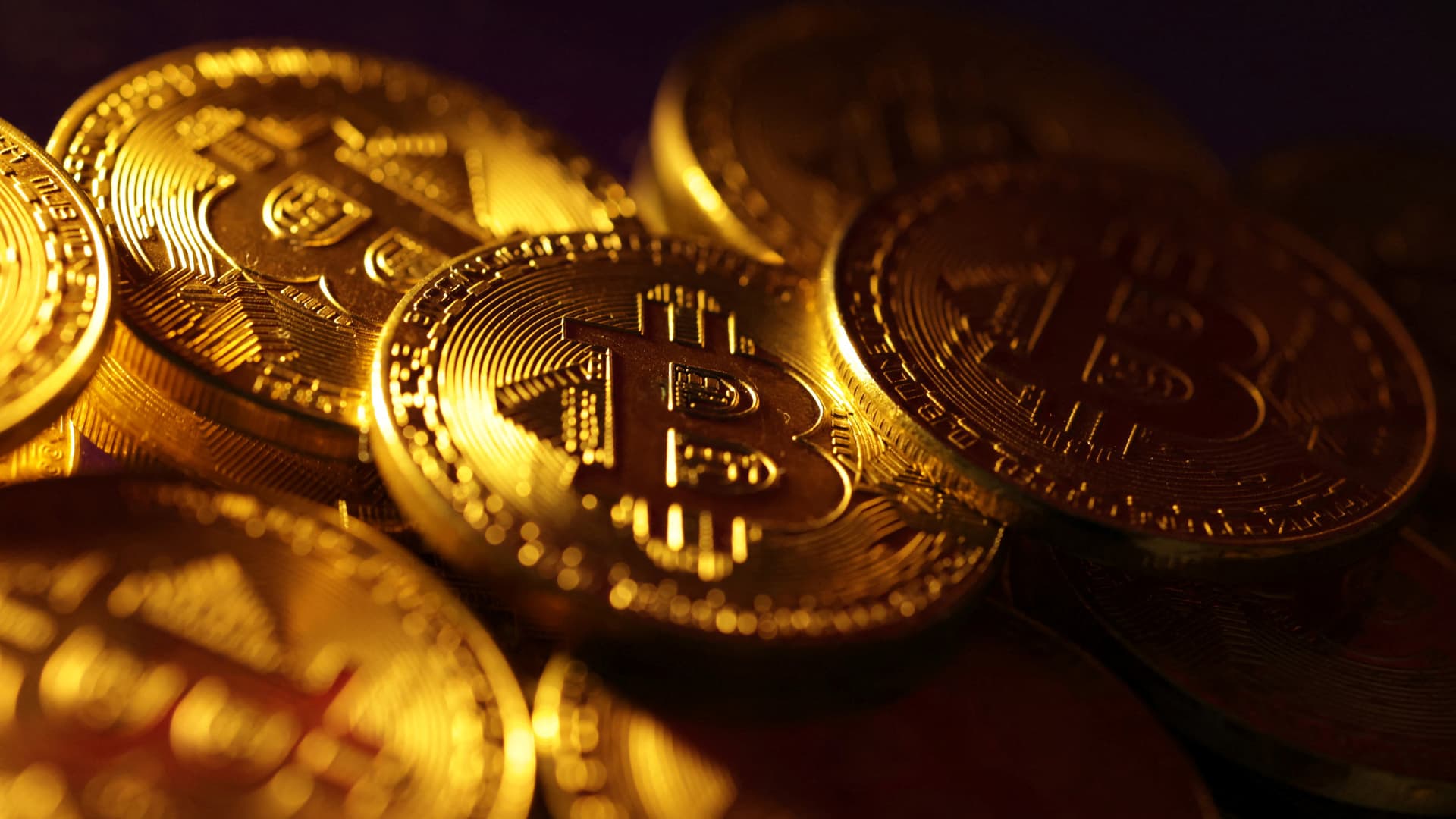The Federal Reserve is expected to announce it will leave rates unchanged at the end of its two-day meeting this week, after recent reports showed the economy grew at a much more rapid pace than expected and inflation eased.
“In many ways, we already have a soft landing,” said Columbia Business School economics professor Brett House. “The Fed has threaded the needle of the economy very artfully with a kind of ‘Goldilocks’ scenario.”
Gross domestic product grew at a much faster-than-expected 3.3% pace in the fourth quarter, fueled by a solid job market and strong consumer spending. However, inflation is still above the central bank’s 2% target, and that also opens the door to a “no-landing scenario,” according to Alejandra Grindal, chief economist at Ned Davis Research.
What a ‘no landing’ scenario means
“No landing means above-trend growth, and also above-trend inflation,” Grindal said, describing an economy that is “overheating.”
Inflation has been a persistent problem since the Covid pandemic, when price increases spiked to their highest levels since the early 1980s. The Fed responded with a series of interest rate hikes that took its benchmark rate to its highest in more than 22 years.
As of the latest reading, the current annual inflation rate is 3.4%, still above the 2% target that the central bank considers a healthy annual rate.
The combination of higher rates and inflation have hit consumers particularly hard. A “no landing” scenario also means more strain on household budgets and those with variable-rate debt, such as credit cards.
More from Personal Finance:
Why egg prices are on the rise again
A 12% retirement return assumption is ‘absolutely nuts’
Here’s where prices fell in December 2023, in one chart
While still elevated, inflation is continuing to make progress lower, possibly giving the Fed a green light to start cutting interest rates later this year.
“That looks like the soft landing has been more or less achieved and is likely to be sustained,” House said.
For consumers, this means relief from high borrowing costs — particularly for mortgages, credit cards and auto loans — may finally be on the way as long as inflation data continues to cooperate.
The alternative: A hard landing
Some experts still haven’t ruled out a recession altogether.
“The real danger here is that the Fed loosens prematurely, which is exactly what they did in the late 1960s,” said Mark Higgins, senior vice president for Index Fund Advisors and author of the upcoming book “Investing in U.S. Financial History: Understanding the Past to Forecast the Future.”
“The risks of allowing inflation to persist still far outweighs the risk of triggering a recession,” he said. “Their failure to do this in the late 1960s is one of the major factors that allowed inflation to become entrenched in the 1970s.”
According to Higgins, history suggests there could likely still be a recession before this is over.
To that point, 76% of economists said they believe the chances of a recession in the next 12 months is 50% or less, according to a December survey from the National Association for Business Economics.
“It’s normal for an economy to go through periods of expansion and contractions,” Higgins said. “In the short term it will be painful, in the long term we are better off doing what is necessary to return to price stability.”
Don’t miss these stories from CNBC PRO:
Subscribe to CNBC on YouTube.

